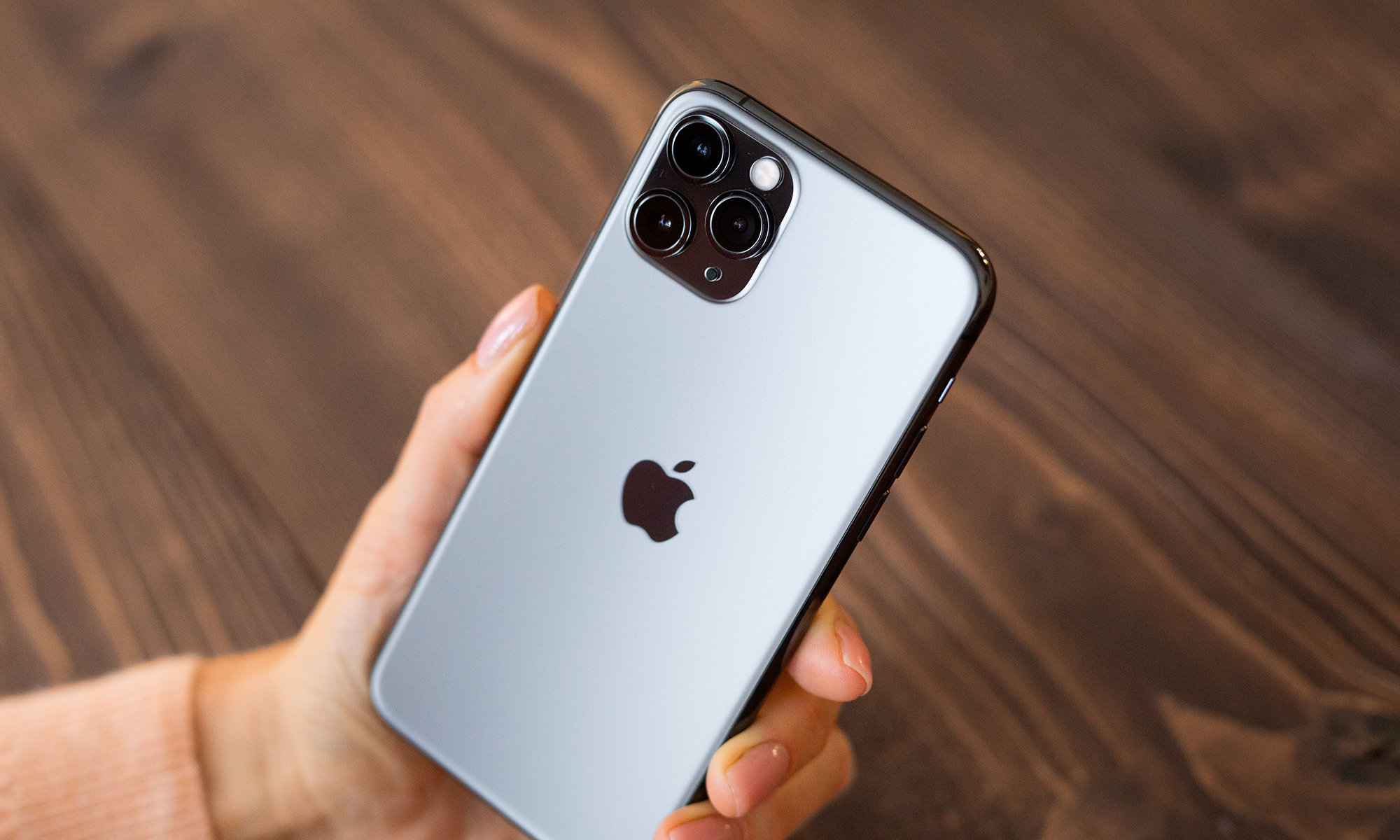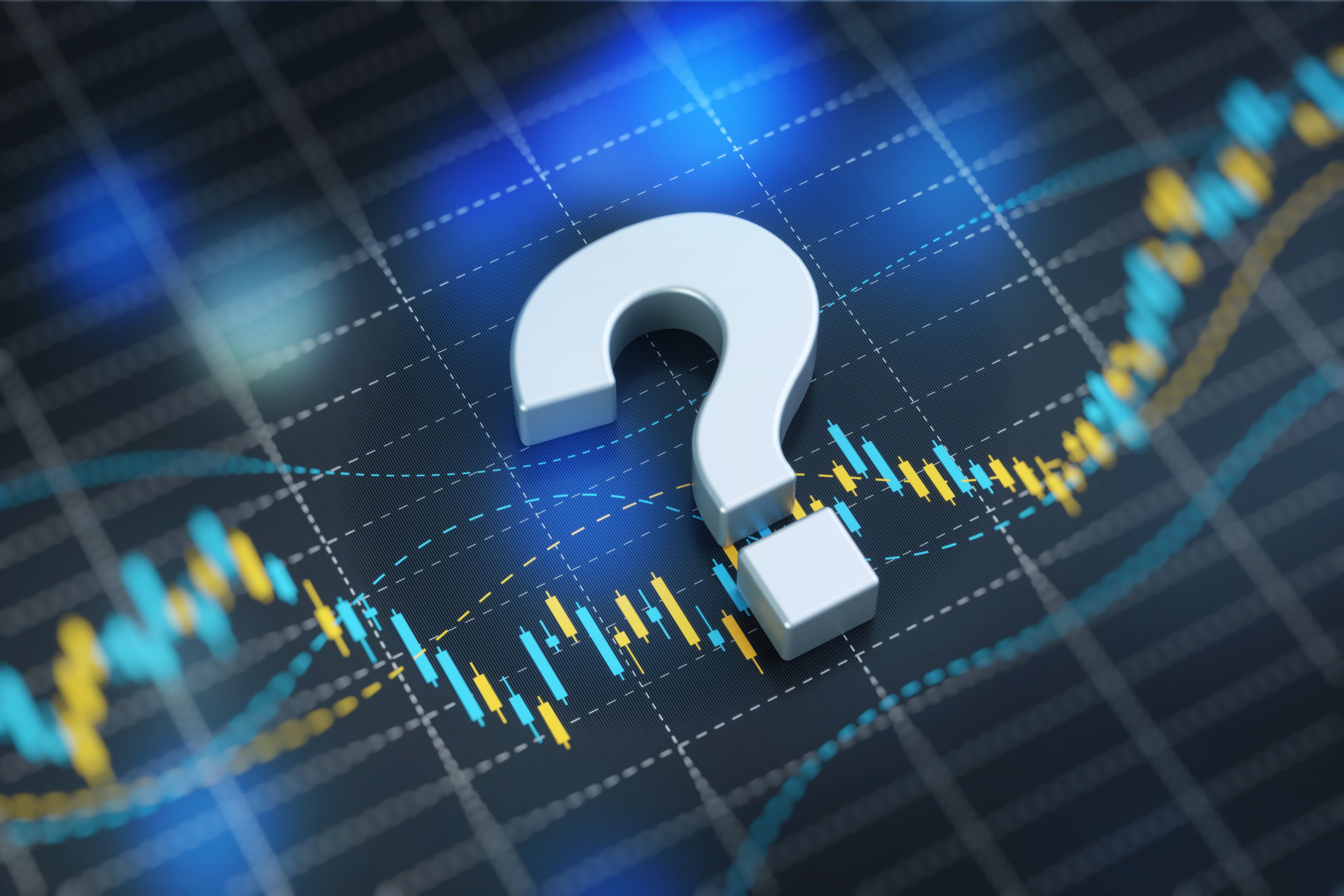I know what you're thinking -- yet another article talking about the not-yet-released Apple (AAPL +0.17%) iPhone 6. However, in a sea of rumors and half-truths, it's worth cutting through the noise and getting to the straight facts. While I don't have moles inside the Cupertino electronics giant, just about everything you need to know about the specifications of the iPhone 6 can be reasonably approximated with an understanding of technology and basic economics.

The iPhone's brilliance is in Apple's ability to add value beyond specs. Source: Apple.
The display question
Remember when the world was going crazy over the Samsung (NASDAQOTH: SSNLF) Galaxy S5? In particular, there was a rumor that this device would sport a 2560x1440 display and feature everything but the kitchen sink. How did that turn out? Well, while the Galaxy S5 did improve on the S4 in a number of ways, it stuck with the 1920x1080 display. A 2560x1440 display would have increased costs for what would likely be marginal benefit.

This new 2560x1440 5.5" display from Japan Display is great, but probably too pricey for the iPhone 6. Source: Japan Display.
With the iPhone 6, there are rumors of a 2272x1280 display (which would be a straight doubling of both height and width) for the rumored 5.5-inch variant and a 1600x900 display for the 4.7-inch variant (which would represent a 40% increase along both dimensions). From a cost perspective, the 1600x900 makes a lot more sense, while the 2272x1280 display would probably be so "out there" and so expensive to make that it wouldn't be feasible for a device priced just $100 more than today's iPhone 5s.
The processor -- setting some facts straight
There was recently a "leak" in which someone claimed that the iPhone 6 would sport an A8 system on a chip with a "2.6GHz processor." It's pretty obvious where that number came from -- somebody doubled the clock speed of the 1.3 GHz processor core found in the A7 and thought they nailed it. However, given Apple's architectural choices with the A7, doubling clock speed on the TSMC 20-nanometer process of such a wide architecture would completely blow a smartphone/tablet's power budget. Sorry, not going to fly.

Apple's A7 was truly a beast, worthy of the moniker "desktop class". Source: Apple via Phandroid.
The odds are good that Apple tweaks the architecture (by perhaps adding multithreading and increasing the sizes of the various buffers/structures), clocks it modestly higher (perhaps 1.5-1.6 GHz), and calls it a day. Apple already doubled the maximum power consumption of the A6 in the A7 (per ABI Research ), so the room for really off-the-wall performance improvement isn't as present as seen in prior generations. The A8 is also very likely to be a dual core, not a quad core as many have speculated.
RAM, connectivity, cellular, etc.
Many flagship Android devices ship with 2-3GB of memory, while the Apple iPhone 5s ships with "only" 1GB of memory. The ironic part about Apple's A7 is that while the processor is far ahead of everything else in the mobile space today, the phones/tablets are ultimately limited by the fairly paltry 1GB of RAM in the system. Of course, RAM is expensive, but Apple needs more to unleash the power of its next-generation processor. Apple will likely go with 2GB for the iPhone 6.

DRAM is central to all computing devices, but prices have been on the rise. Source: Micron.
Broadcom (NASDAQ: BRCM) is likely to win the connectivity combo spot and could see slight chip selling price uplift when Apple transitions from 802.11n to 802.11ac. Apple is also likely to go with Qualcomm for the cellular baseband, although Intel's XMM 7260 LTE-Advanced modem could still be a candidate for some regions as it is competitive on features and very likely price (Qualcomm, of course, is a well-trusted partner, so Intel may not be able to win this on specs/price alone).
Foolish takeaway
Apple can't afford to throw "everything but the kitchen sink" into its iPhones -- the company, after all, is out to make money. The design choices that Apple makes need to be well thought out and economically feasible. Anyone can throw in any features that they'd like, but it'll drive up cost. Apple's magic is that it is able to add value outside of the cost of goods sold with its brand, software, and ecosystem.







